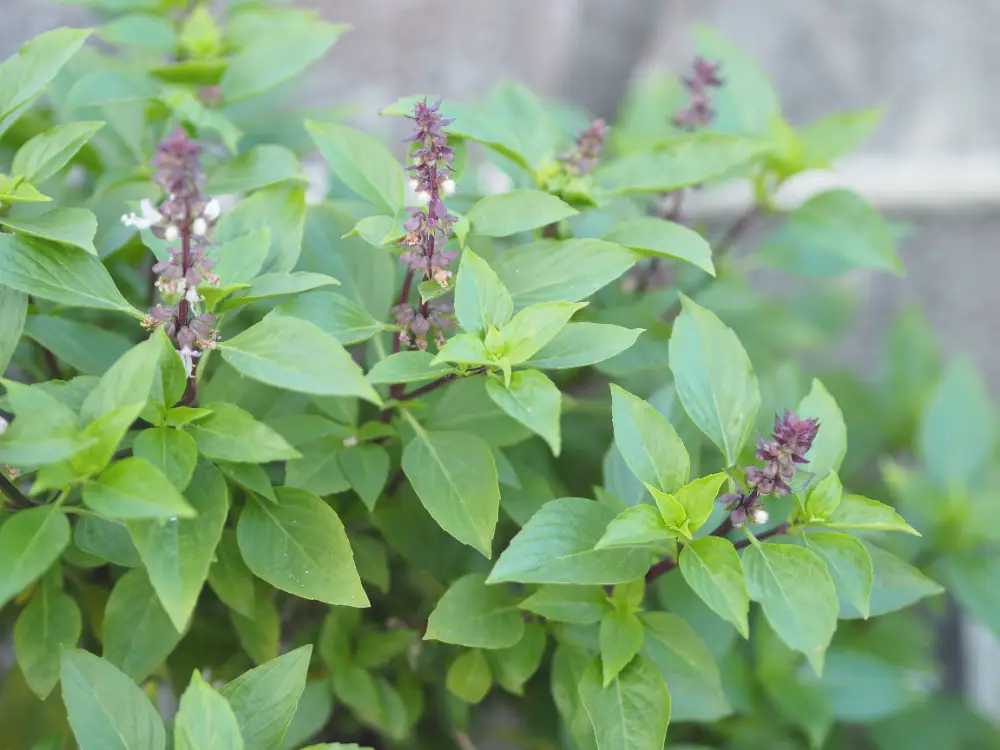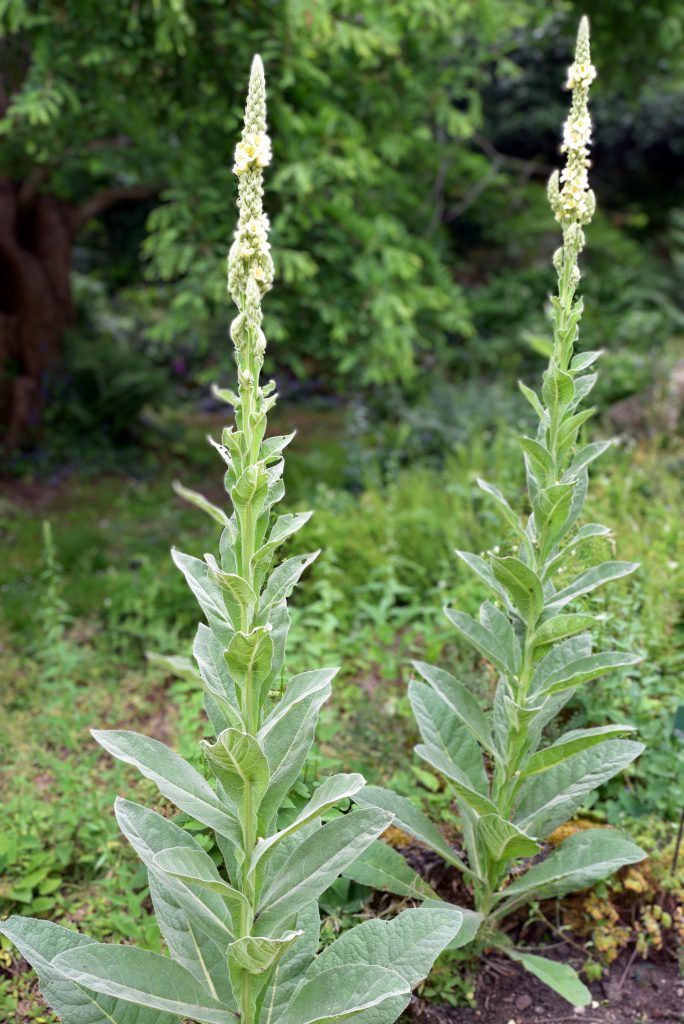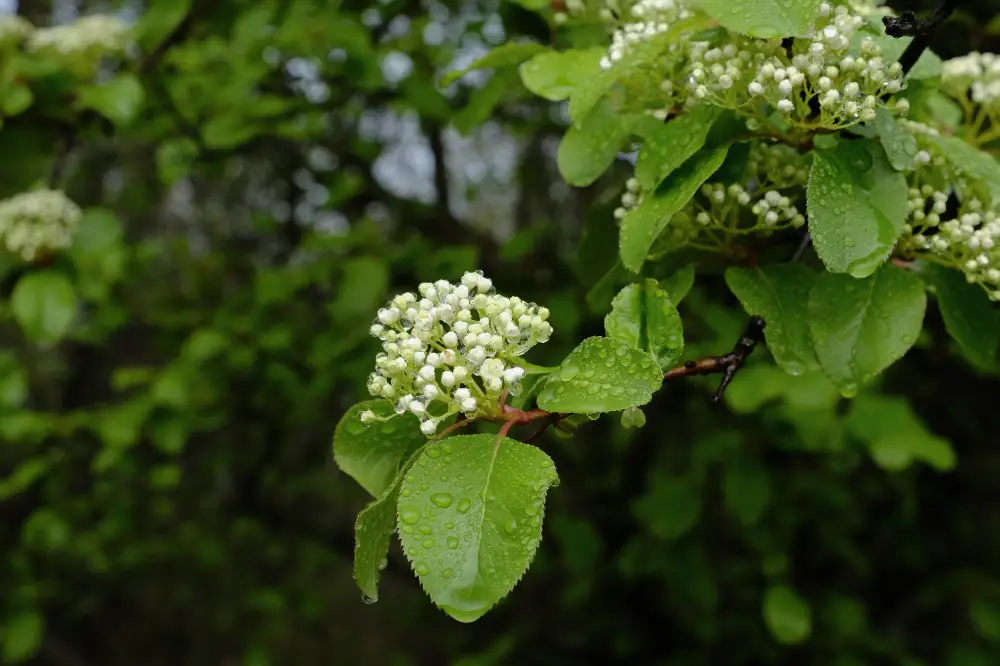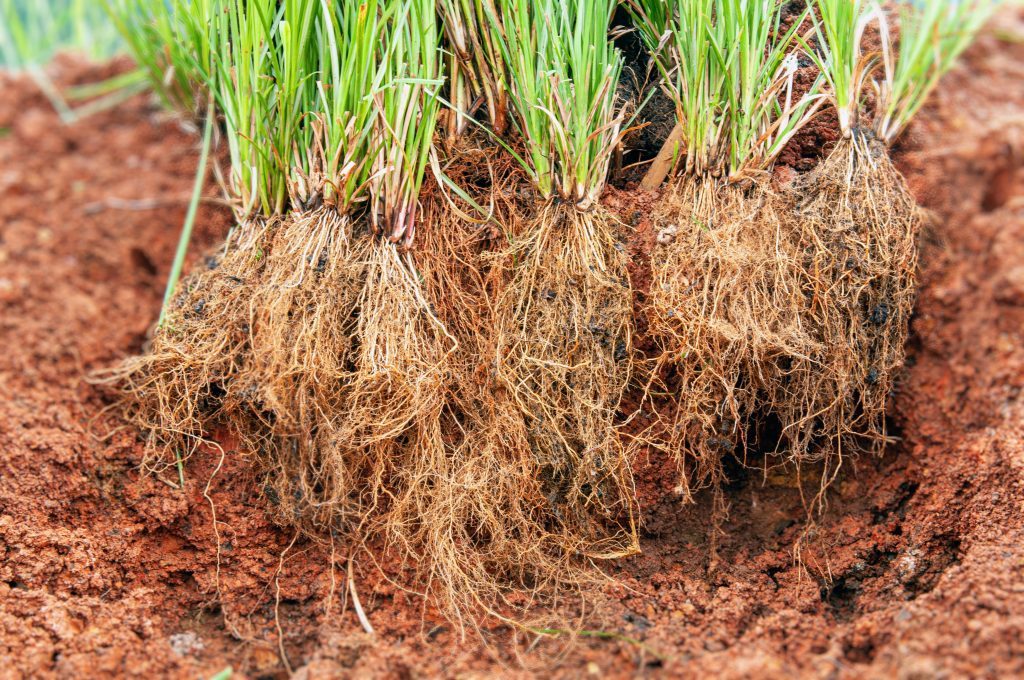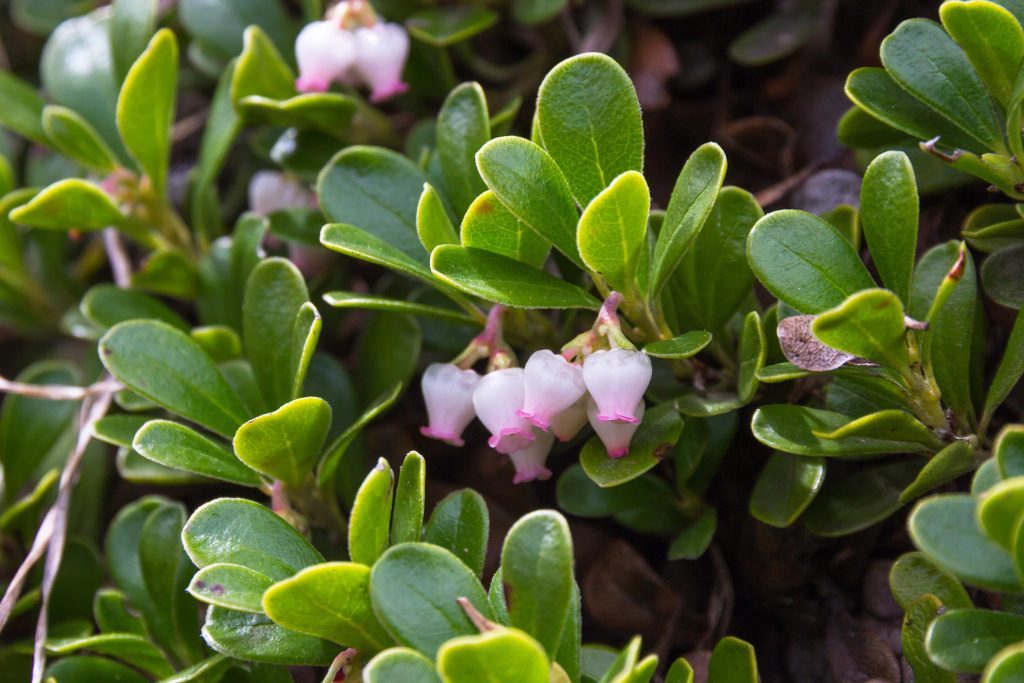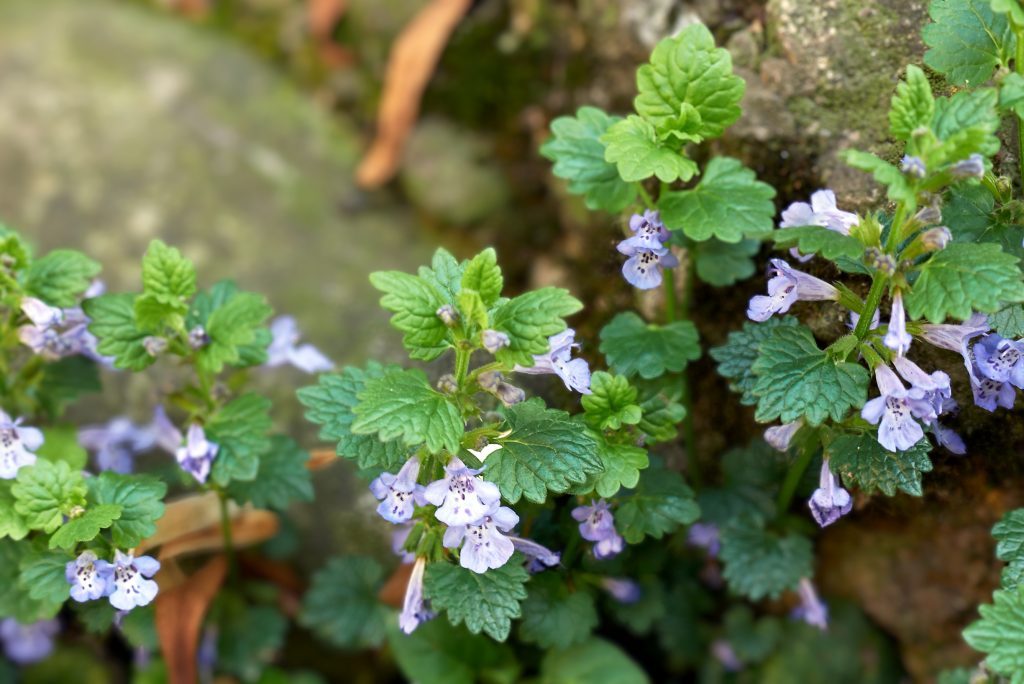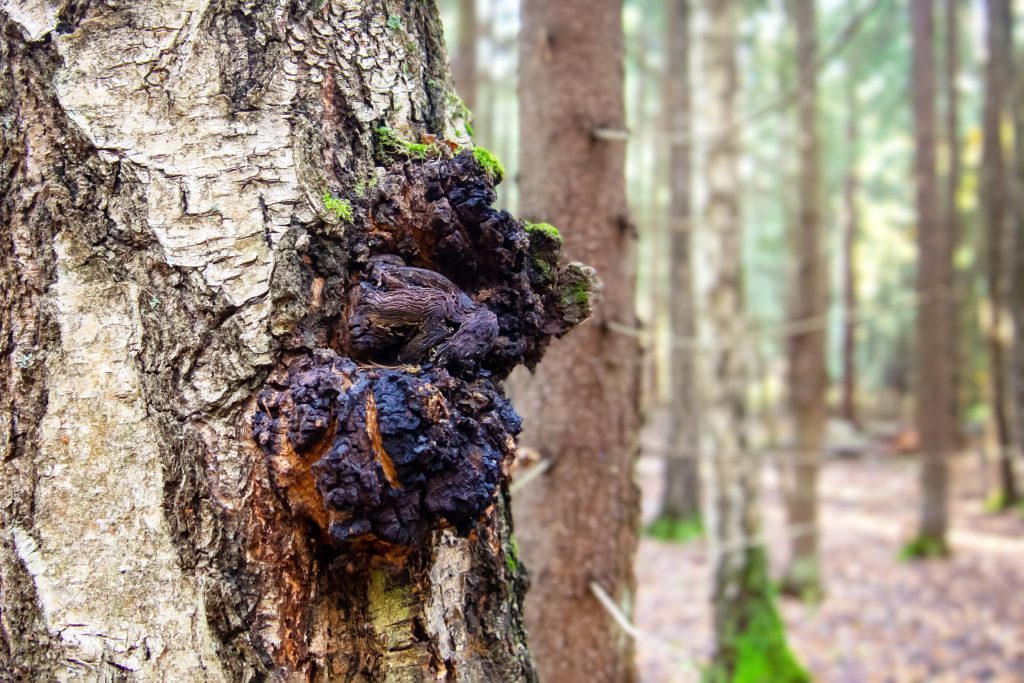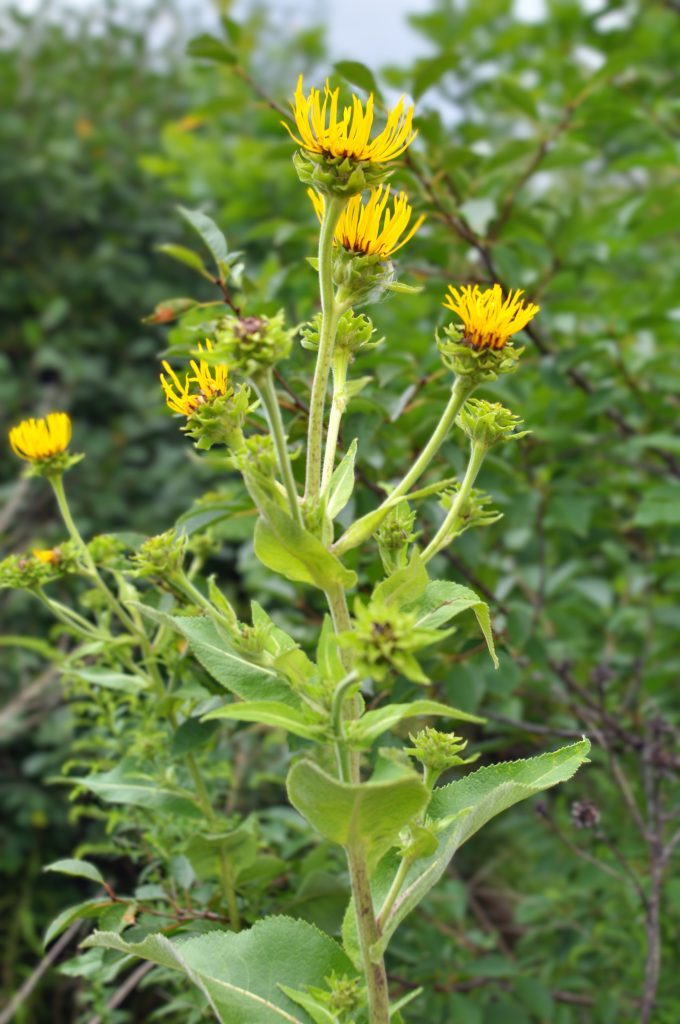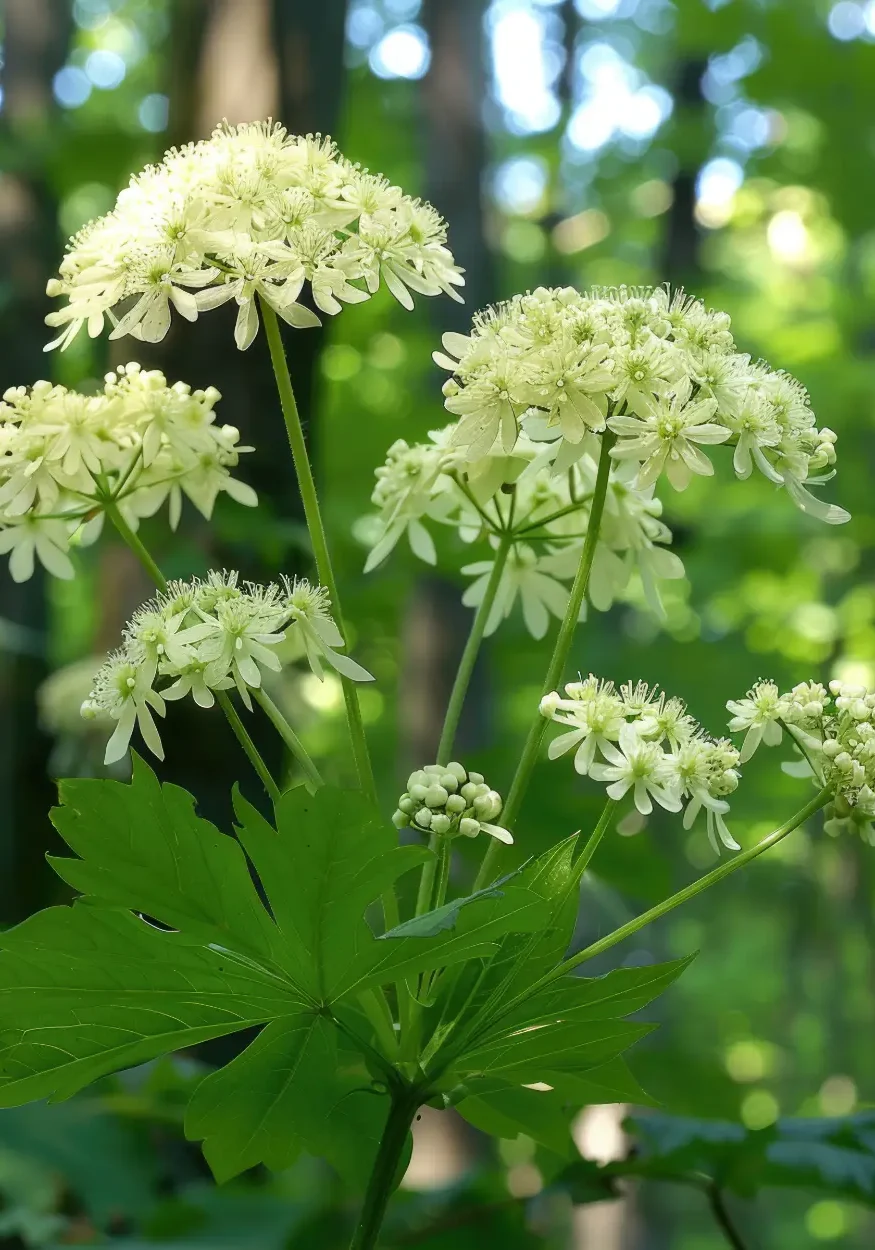
Angelica
Angelica archangelica (European angelica)
Often used to enhance energy, purify blood, and improve digestion.
Superpower
Supports detoxification and boosts energy.
Uses
Digestive Aid:
- Stomach and Digestive Issues:
Angelica archangelica has long been used to stimulate digestion and relieve gastrointestinal issues such as bloating, indigestion, and flatulence. It is known for its bitter qualities, which promote the production of digestive juices and enzymes, making it useful for those with sluggish digestion.
Respiratory Health:
- Coughs, Colds, and Bronchitis:
In traditional European medicine, the roots, stems, and seeds of Angelica have been used to treat respiratory conditions. Its warming and expectorant properties help relieve coughs, bronchitis, and congestion by promoting the expulsion of mucus from the lungs
Menstrual Health:
- Regulates Menstruation and Relieves Cramps:
Angelica has been used traditionally as a remedy for menstrual disorders. It is thought to help regulate menstruation and alleviate menstrual cramps due to its antispasmodic properties. In some traditions, it is also used to encourage delayed menstruation
Urinary Health:
- Diuretic and Detoxification:
Angelica is a mild diuretic, traditionally used to promote urination and help detoxify the body by flushing out excess fluids and toxins. This makes it useful for treating water retention, mild urinary tract infections, and edema
Circulatory Health:
- Improves Circulation:
Angelica has been used as a circulatory stimulant, believed to promote blood flow and improve circulation, which can be helpful for conditions such as cold hands and feet.
Anti-inflammatory and Antimicrobial:
- Wound Healing and Skin Conditions:
The anti-inflammatory and antimicrobial properties of Angelica have made it useful in traditional medicine for treating skin conditions, wounds, and infections. Topical applications of Angelica extracts were historically used to promote healing and reduce inflammation.
Nervous System Support:
- Nervine and Relaxant:
Angelica has been used to soothe the nervous system, promoting relaxation and relieving anxiety. It is traditionally used as a calming agent for stress and nervous tension.
Cautions
- Photosensitivity – Contains furanocoumarins, increasing sensitivity to sunlight.
- Pregnancy and Breastfeeding – Should be avoided during pregnancy due to its potential to cause uterine contractions.
- Diabetes – May lower blood sugar levels; caution advised for those with diabetes.
- Bleeding Disorders – May increase the risk of bleeding, particularly for individuals on blood-thinning medications.
- Drug Interactions – Can interact with medications processed by the liver or those affecting blood sugar and anticoagulation.
Known Chemical Constituents
Essential oils are carminative towards the digestive tract and anti-microbial against C. difficile, Clostridium perfringens, Enterococcus faecalis, Eubacterium limosum, Peptostreptococcus anaerobius, and Candida albicans. Coumarins imperatorin and isoimperatorin have the potential to reduce anxiety.
Botanical Description
Plant Type:
- Biennial/Perennial Herb
Angelica archangelica is a biennial or short-lived perennial herb that can reach a height of 1.5 to 2.5 meters (5 to 8 feet) when mature. In its first year, the plant primarily grows a rosette of leaves, and in the second year, it produces tall, flowering stalks.
Leaves:
- Pinnate, Large, and Divided Leaves
The leaves are large, with a bright green color and a smooth texture. They are pinnately divided with toothed leaflets, giving them a feathery appearance. Each leaf can be up to 60 cm (24 inches) long.
Flowers:
- Umbels of Small, Greenish-White Flowers
The flowers of Angelica archangelica are arranged in large, umbrella-shaped clusters (umbels), characteristic of plants in the Apiaceae family. The small, greenish-white flowers bloom in early to mid-summer (typically June to August).
Fruit:
- Flattened Schizocarps
After flowering, Angelica produces seeds in the form of flattened, oblong schizocarps, which split into two seeds when ripe. The seeds are aromatic and are traditionally used in both culinary and medicinal contexts.
Stem:
- Hollow, Ridged, and Purplish Stems
The stems are hollow and have distinct ridges. They are often purplish-red in color, especially at the base. The plant’s stout stems can grow up to 5 cm (2 inches) thick.
Root System:
- Thick, Fleshy Taproot
Angelica has a deep, fleshy taproot that stores energy and allows the plant to thrive in cold, damp environments. The root is used medicinally for its aromatic and bitter qualities.
Habitat:
- Cold, Moist Environments
Angelica archangelica is native to northern and central Europe, thriving in moist, well-drained soils, especially near rivers, streams, and other cool, damp areas. It grows well in temperate climates with plenty of moisture.
Growth Habit:
- Erect and Robust
The plant has a robust, upright growth habit, with its towering flower stalks rising from the large basal leaves. It grows quickly, particularly in its second year when it prepares to flower.
Fun Facts
Named after an archangel who revealed its medicinal properties.
Parts Used
Root, leaves, stems, seeds.
Harvest
Leaves and stems are harvested in early summer, seeds as they ripen in late summer, and roots in late autumn after one year’s growth.
Preparations
Root can be used in teas, tinctures, and capsules.
Sacred Rituals
Used in protection charms.
Affirmations
“I am protected and energized by divine grace.”
Spiritual Associations
Associated with protection and longevity.
Functions
A substance or agent that inhibits or prevents the development and growth of tumors.
AromaticA substance or agent, typically a herb or essential oil, that has a strong, pleasant fragrance and stimulates the senses.
CholagogueA substance or agent that promotes the release of bile from the gallbladder into the digestive tract, aiding in digestion and detoxification.
Digestive Tonic
Refers to a substance or agent that strengthens and supports the overall function and health of the digestive system.
HepaticA hepatic is a substance that supports, protects, or improves the function of the liver, aiding in detoxification, bile production, and overall liver health.
HypolipidemicA substance or agent that helps lower lipid levels in the blood, including cholesterol and triglycerides, to support cardiovascular health.
NutritiveA nutritive is a substance that provides essential nutrients, supporting the body’s growth, repair, and overall vitality.
PhytoestrogenicA phytoestrogenic substance contains plant-derived compounds that mimic or modulate the effects of estrogen in the body by binding to estrogen receptors.
Respiratory HealthRefers to the optimal functioning of the lungs and airways, enabling efficient breathing and the exchange of oxygen and carbon dioxide.
Uterine tonicA substance that nourishes, strengthens, and supports the healthy functioning of the uterus, helping to maintain or restore its optimal tone and overall reproductive health.


